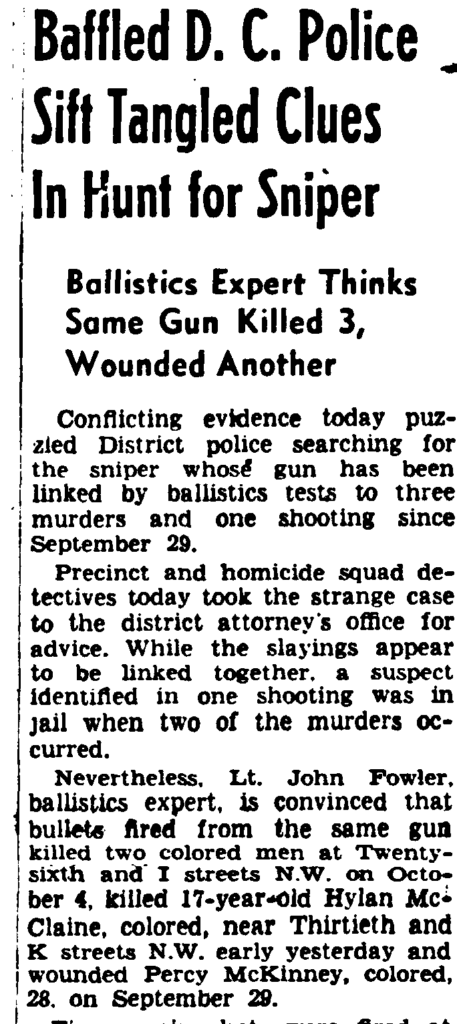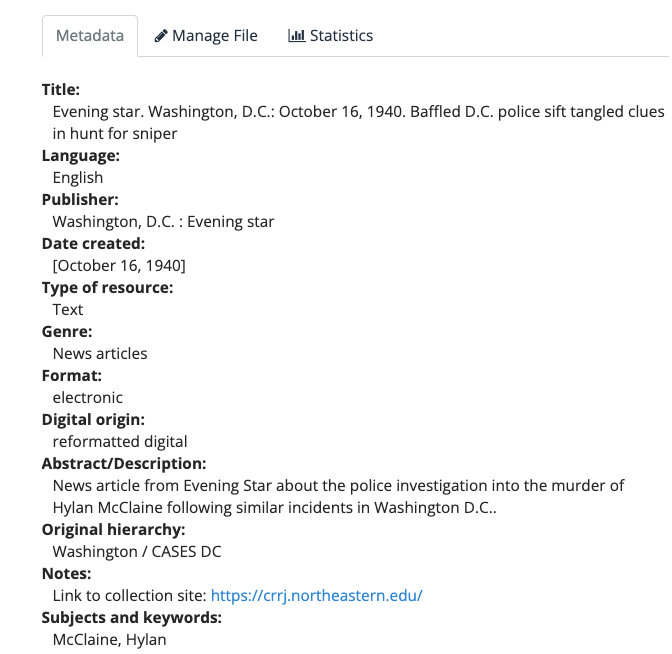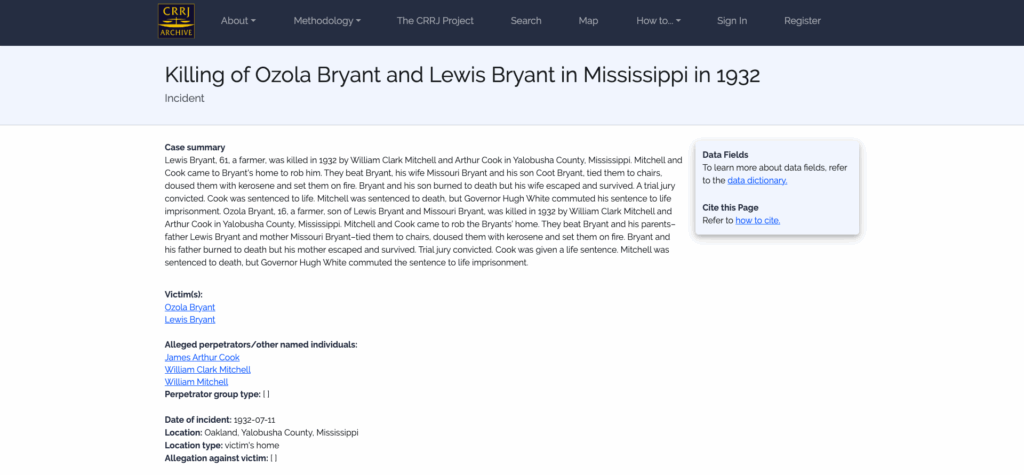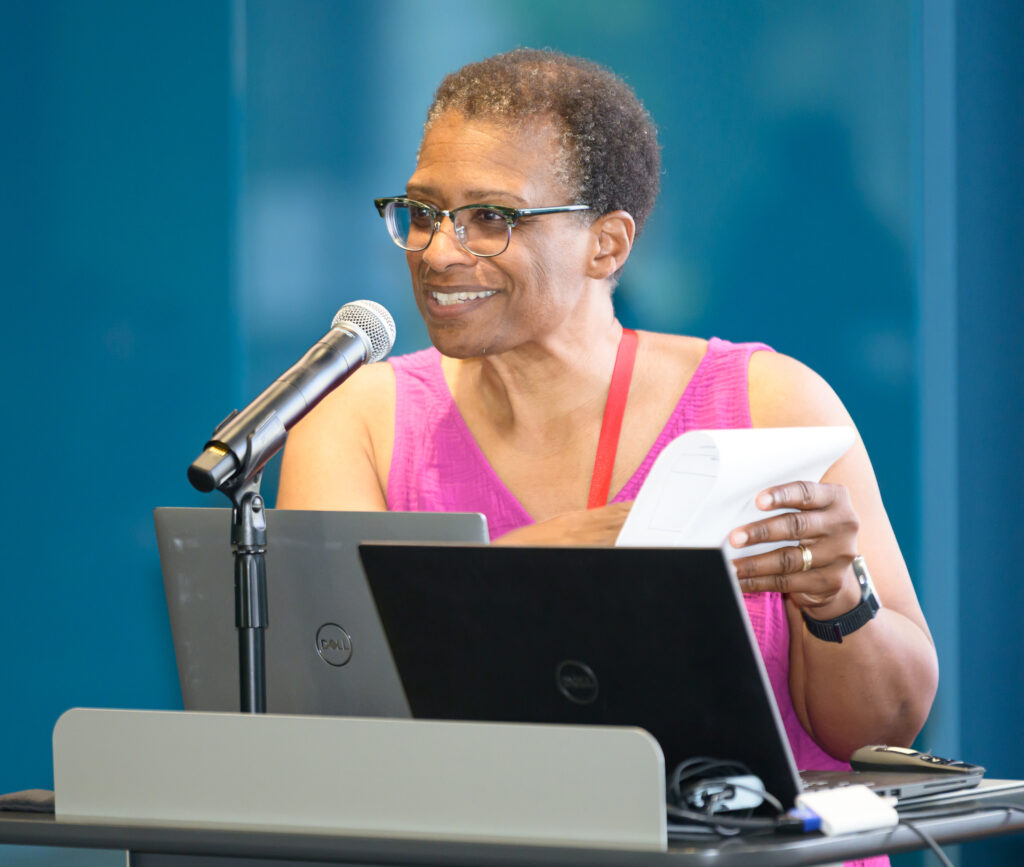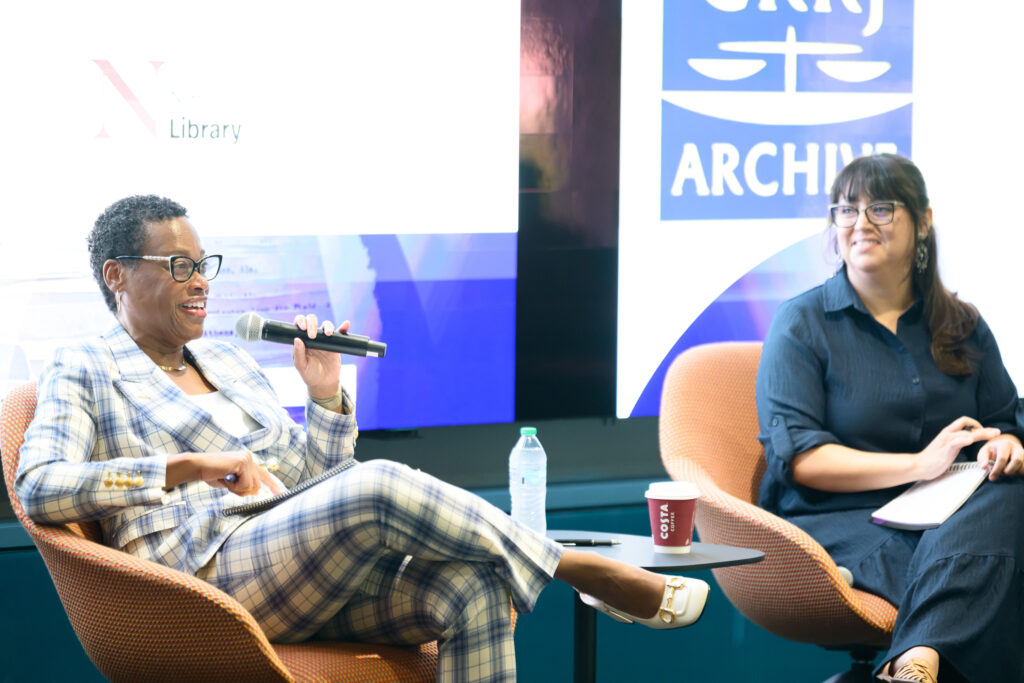Archives Welcomes Huntington News to View Special Collection

In September, Northeastern University Archives and Special Collections (NUASC) hosted the staff of The Huntington News for an open house to view campus collections dating back from 1926-2009. This event was held in part to help The Huntington News staff prepare to celebrate their centennial year in February 2026 and to introduce the past news issues at their disposal for future research.
The Huntington News has recently been leveraging the archives in their reporting, with archival records featured in many stories. Their From the Archives series chronicles important events and eras in the university’s past with support from primary source materials such as documents and photographs.

NUASC is fortunate to steward multiple student news publications, including Northeastern News (and its predecessor, The Northeastern Tech); Panga Nyeusi, Northeastern’s first Black student newspaper; and the Black student-run Onyx Informer. Many of these materials can be accessed online through the Digital Repository Service.
While flipping through old issues of Northeastern News, Huntington News staff members were able to see the marked differences between the various eras of the News. While older issues featured more text, shifts in reporting and design led to more photographs in later editions. They were also able to compare reporting from the present to similar themes in the past, such as on-campus demonstrations and rapidly developing new technologies.

Staff members were welcome to use the microfilm reader that is housed in the reading room to view News issues. While there is a material difference between scrolling through microfilm and leafing through a newspaper, there are benefits to both methods of researching past issues. Microfilm provides quick access to specific issues and a compact way of storing information from print resources. Physical news issues give researchers the opportunity to engage with an item in the same way that someone would have when the issue was first printed.
Student news has been a vital part of the Northeastern campus community since its inception in the early 20th century. These publications are available in physical form and can be viewed in the NUASC reading room. If you would like to view these or any materials in the archives, please make an appointment by contacting archives@northeastern.edu.
A fundraising opportunity to digitize the news is coming soon and will be announced in the new year. NUASC is excited to collaborate with The Huntington News to expand access to these historic records.
